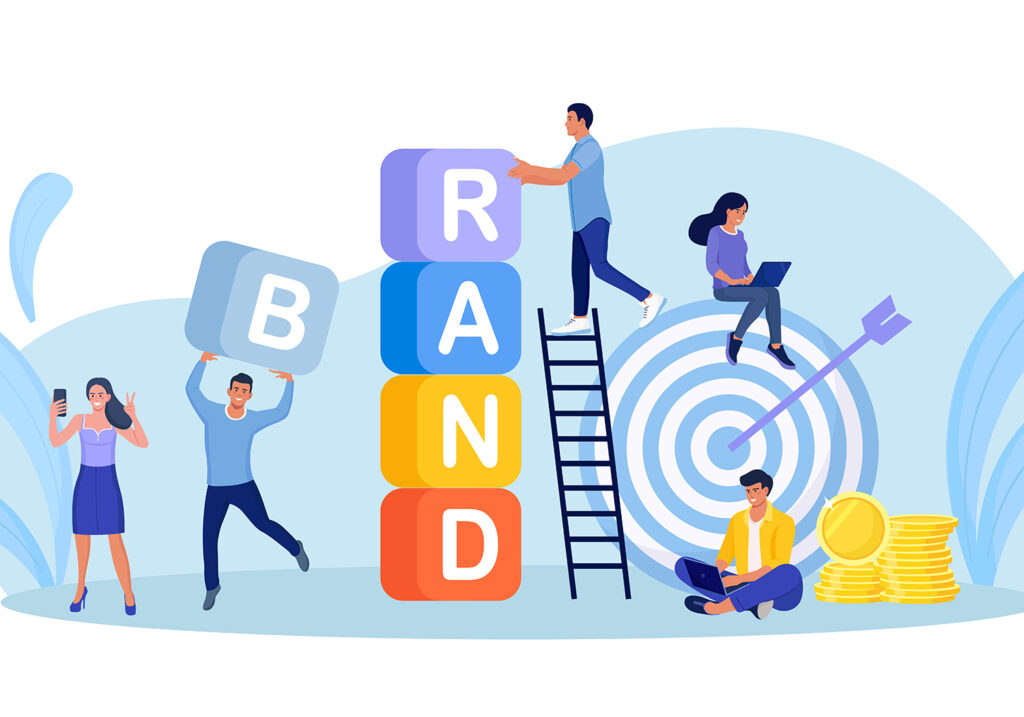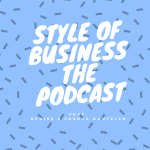Branding is at the root of any good marketing plan. It is where all other marketing efforts should be started. Your brand isn’t just a logo or a tagline. It’s what your business identity communicates to the target market. A strong brand will propel or complement the marketing efforts; in contrast, weak or patchy branding has killed many a good marketing campaign.
Essentially, branding is the avenue to create that very unique and truly memorable identity that sets your business apart. This includes the values that your brand upholds, its personality, voice, and all other visual elements that set the brand apart. When effectively integrated within your marketing strategy, branding creates a continuous and recognisable presence with every point of contact a customer may have: website, social media profiles, advertising, and customer service.
Your branding identity should be what drives the type of content you create and distribute. It makes sure that every piece of information developed gets aligned with the values of your brand and speaks to your target audience. It could be a post on your blog, video, podcast, or social media content; it would rather be very clear in terms of what the brand holds within, both in substance and style. This aids in creating brand recognition and reiterates the authority of your brand within an industry or niche.
Branding plays many roles in your marketing strategy, such as:
Trust
Probably the most important role of branding in marketing is to establish trust and credibility with your audience. If consumers are familiar with and trust your brand, they will be much more likely to engage and purchase from you. This way, by having all your marketing communications consistently reflect your brand’s values and personality, you foster familiarity and reliability—elements that have a large impact on purchasing decisions. This brand trust-building aspect is all the more important in today’s jam-packed marketplace, where consumers are under siege with a million marketing messages daily.
Definition
Your brand also serves to distinguish the product. Very often, many products or services in an industry are identical as far as features and benefits go. By and large, the brand is a means to make the company stand out amidst competition. A well-defined brand personality can serve to engage your target audience on an emotional level, appealing to their values, aspirations, or lifestyle. Such emotional resonance works as a most powerful driver of loyalty and advocacy, often turning satisfied customers into brand propagandists through word-of-mouth.
Consistency
One of the most prominent factors in applying your brand when using it within a marketing strategy is consistency. Your brand is the most consistent reflection of you throughout all the marketing venues, materials, and experiences an audience may have with your business. Well, more than that, it creates a strongly branded experience among your target audience. Whether a person experiences your brand through a social media post, print advertisement, or customer service interaction, the experience should be consistent and follow through with your overall brand identity.
Tone
This will also carry through to the tone and style of your marketing communications. The tone of voice that you are using within the marketing messages needs to be characteristic of your brand. For example, a luxury brand will use formal language, whereas a young brand will be informal and playful in its tone. This will help create this consistency in communications that cements your brand identity and builds a more authentic connection with your target audience.
Identity
Your brand can also drive choices when it comes to which marketing channels and activities you leverage. Indeed, some brands lend themselves more to one approach versus another based on their personality and whom they are targeting. For instance, a brand squarely aimed at young, technology-first consumers may have a strong social media and influencer marketing component, while a B2B brand might instead lean on LinkedIn content and industry events.
By having a brand identity, you will be able to align all your marketing tactics to have similar vibes so that the campaigns are more real and relatable to your target audience. Your brand shapes expectations and perceptions within the customer experience. Every interaction that a customer has with your business, whether that means visiting a website, unwrapping a product, or calling customer support, should be positively saturated with brand values and personality. This uniformity in customer experience reinforces brand identity and can impact customer satisfaction and loyalty significantly.
Pricing
Finally, the thing related to your branding, which of course is an essential part of marketing, is your pricing strategy. Your brand positioning inside the marketplace can help justify premium pricing if you have a reputation for quality, luxury, or innovation. By contrast, a value-driven brand may use competitive pricing as a cornerstone of its marketing strategy. Whatever the case, a sure requirement is that your pricing aligns with your brand identity to ensure consistency themselves, and to satisfy expectations within the marketplace.
As the markets evolve and consumer tastes change, your brand may need to adjust while holding on to who you really are. That’s brand evolution: a brand can, if properly managed, evolve while staying relevant but still maintaining all the equity it has built. This is what makes your marketing strategy flexible enough to keep itself open for new trends and opportunities without losing that hard-won recognition and loyalty.
In Summary
Branding does many things and becomes very integral to your larger marketing strategy. It provides a basis for establishing trust, differentiation, and emotional bonding with an audience. When you have a robust and consistent brand, it will amplify every other component in your marketing: from content creation to visual design, channel selection, and customer experience. By being very close to the brand identity, you have a much more cohesive, genuine, and impactful marketing presence in the marketplace. This will make your marketing more effective and help create long-lasting brand equity that may fuel long-term success for your business.
Keeping the brand at the top of planning is crucial in developing and refining a marketing strategy. This means that every marketing decision should be made through your brand identity lens to ensure it furthers your overall brand perception. If you do so, then in that case, you will be able to drive a synergy between the efforts at branding and marketing, maximising its impact and driving meaningful results for your business.
Keetria is an entrepreneur, wellness advocate, and brand strategy coach for creatives & entrepreneurs with 16 years of public relations expertise working with some of the world’s leading brands, startups, media personalities, and entertainers. If you want to work together, don’t hesitate to reach out!















